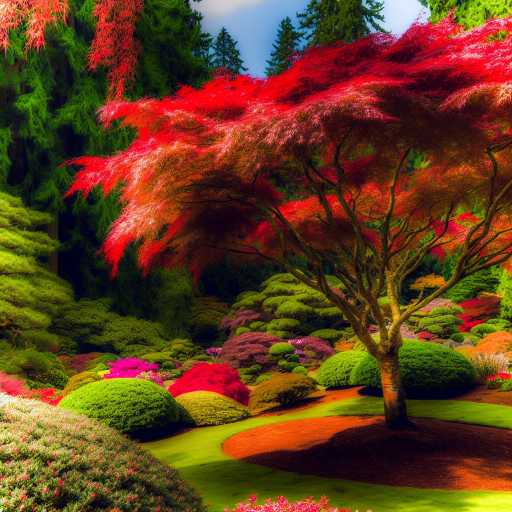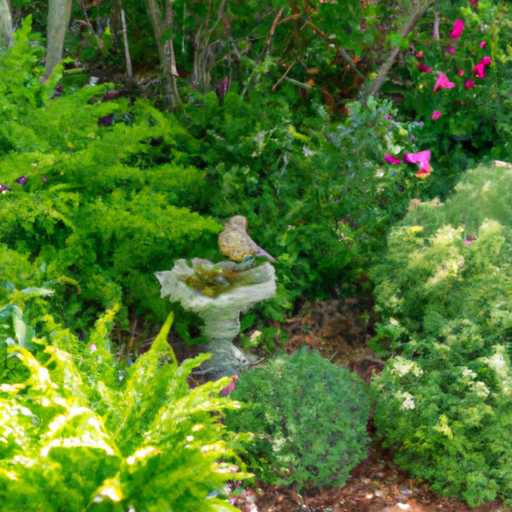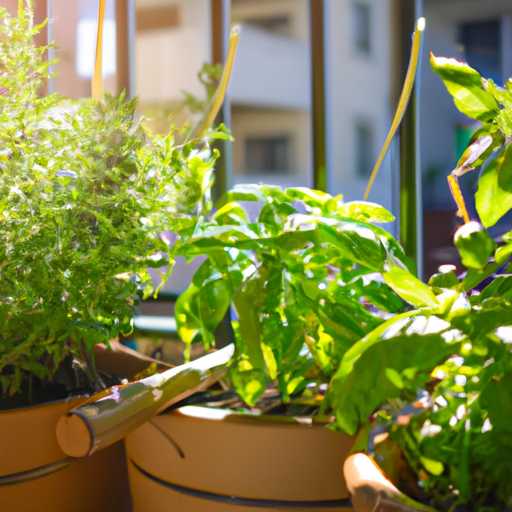Mastering Japanese Maple Tree Pruning Techniques
Discover essential tips and techniques for pruning Japanese maple trees to enhance their beauty, health, and growth in your garden. Perfect for enthusiasts!

Mastering Japanese Maple Tree Pruning Techniques
Japanese maple trees, with their stunning foliage and graceful structure, have become incredibly popular in gardens and landscapes. If you want to maintain your Japanese maple's health and beauty, mastering the art of pruning is essential. In this article, we’ll explore effective techniques, tips, and tricks for ensuring your Japanese maple thrives while looking its best all year round.Why Prune Your Japanese Maple?
Pruning plays a crucial role in maintaining the overall health and aesthetics of your Japanese maple. Here are some key reasons to incorporate pruning into your care routine:1. Enhance Structure: Pruning helps to shape the tree and encourages an attractive growth habit. This is especially important for Japanese maples, which can develop a beautiful layered look with proper pruning.
2. Remove Dead or Diseased Wood: Regular pruning allows you to identify and remove any dead, damaged, or diseased branches, which can help prevent the spread of disease and promote better air circulation.
3. Encourage New Growth: Pruning encourages new growth, allowing the tree to produce fresh leaves and flowers, further enhancing its beauty.
4. Control Size: If you have limited garden space, pruning can help maintain the size of your Japanese maple, ensuring it fits harmoniously within your landscape.
Best Time to Prune Japanese Maple Trees
Timing is critical when it comes to pruning Japanese maples. The best time to prune is during late winter or early spring, before the buds begin to swell. This timing minimizes stress on the tree and reduces the risk of sap loss, which can occur if you prune during the growing season. However, if you notice any dead or damaged branches, it's perfectly fine to remove these at any time of the year.Tools You’ll Need
To successfully prune your Japanese maple, you’ll need a few essential tools:- Pruning Shears: For small branches and delicate cuts.
- Loppers: For thicker branches that are too large for pruning shears.
- Handsaw: For any larger branches that require a more robust tool.
- Gloves: To protect your hands while working.
Step-by-Step Pruning Techniques
Let’s dive into a practical step-by-step guide to pruning your Japanese maple effectively:1. Assess the Tree's Structure: Before you start cutting, take a moment to observe the overall shape and structure of your tree. Look for branches that cross each other or appear crowded, as these are prime candidates for removal.
2. Start with Dead or Diseased Wood: Remove any dead or diseased branches first. Cut these back to healthy wood, making sure to sterilize your tools beforehand to prevent the spread of disease.
3. Remove Crossing Branches: Identify any branches that are crossing over each other. Choose one to remove, typically the weaker branch, as this will improve air circulation and sunlight penetration.
4. Thin Out Crowded Areas: If you notice clusters of branches, selectively remove some to create a more open structure. This helps to ensure that sunlight reaches all parts of the tree and encourages even growth.
5. Shape the Canopy: Prune the ends of branches to shape the canopy and create the desired silhouette. Remember, less is often more! You want to maintain the natural beauty of the tree.
Common Mistakes to Avoid
Even with the best intentions, it’s easy to make mistakes while pruning. Here are some pitfalls to avoid:- Over-Pruning: Resist the temptation to remove too many branches at once. This can lead to stress and hinder growth.
- Ignoring the Tree’s Natural Shape: Keep the tree’s natural form in mind while pruning. Japanese maples are naturally beautiful, so try to enhance their shape rather than force them into an unnatural one.
- Pruning Too Late: Timing is everything. Avoid pruning too late in the season, as this can cause stress and may result in sap loss or injury to the tree.
Conclusion
Pruning your Japanese maple trees is a rewarding experience that requires knowledge, patience, and a little practice. By following the techniques outlined above, you'll help your tree flourish, allowing it to grace your garden with its stunning beauty for many years to come. So grab your pruning tools, and let’s get started on creating a healthy and beautiful Japanese maple in your garden! Happy pruning!Bonus Tip: After Pruning Care
Once you finish pruning, consider taking some time to nourish your Japanese maple with a quality fertilizer and adequate watering to support its recovery and growth. Remember: A little love goes a long way!
Creating a Wildlife-Friendly Garden: Tips for Beginners
Discover how to transform your garden into a haven for local wildlife with simple maintenance and landscaping tips for beginners.

Transforming Urban Gardens with Vertical Plant Walls
Explore the innovative technique of vertical plant walls for urban gardens. This article offers tips and tricks for creating lush green spaces in limited areas.

Top 5 Tips for Aromatic Herb Gardens in Urban Backyards
Discover the joys of creating an aromatic herb garden in your urban backyard with these 5 easy tips for gardening success!